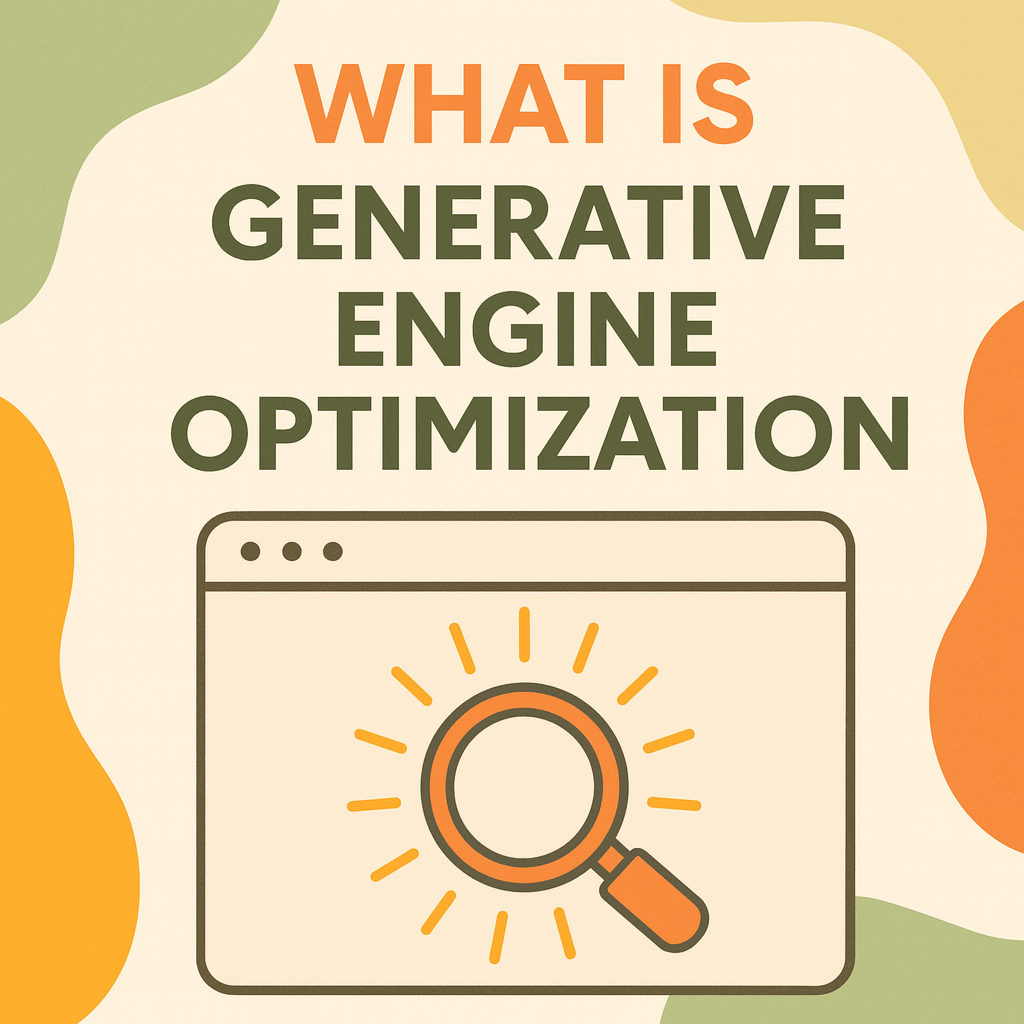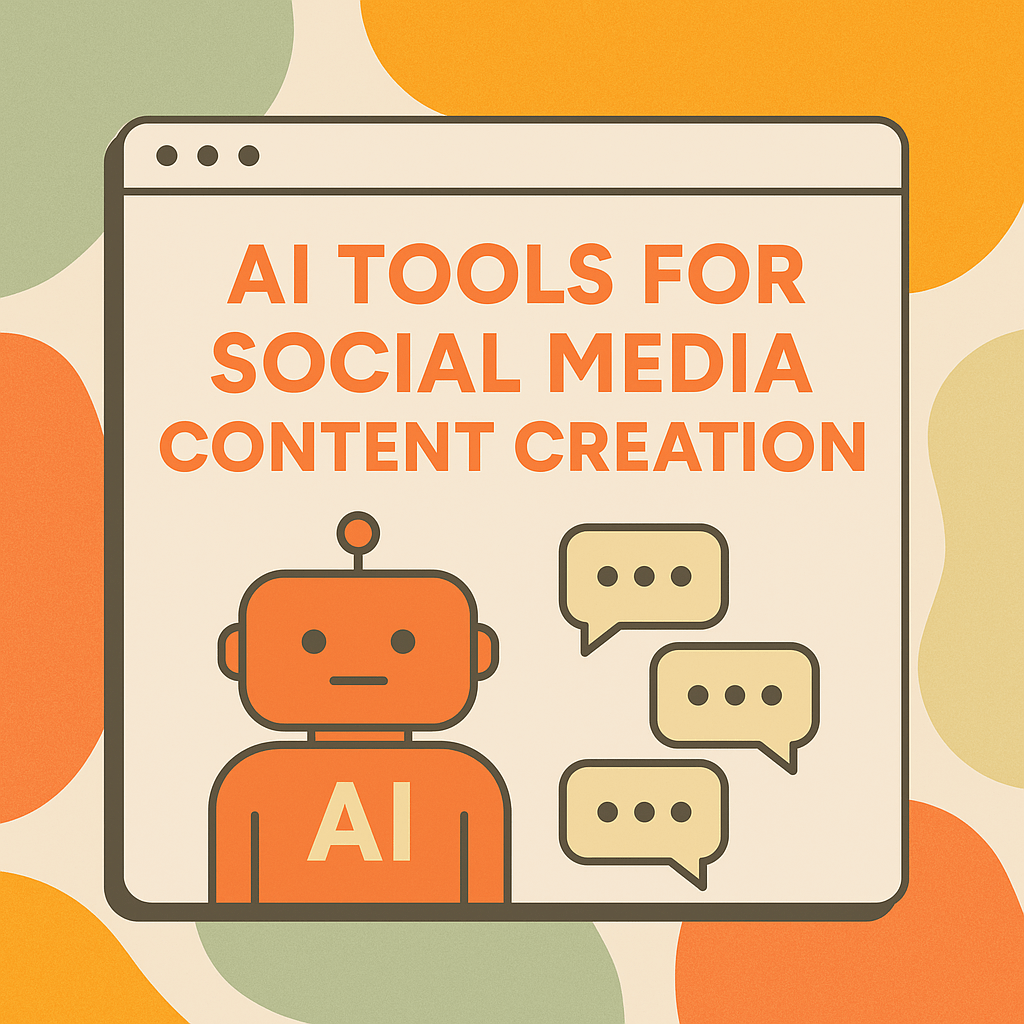What Is Generative Engine Optimization?
Background
Generative engine optimization (GEO) is the practice of adapting digital content and online presence to improve visibility in answers generated by generative AI systems. While traditional SEO focuses on ranking pages in search engine results and answer engine optimization (AEO) targets voice assistants and snippets, GEO specifically aims to influence large language models like ChatGPT, Gemini and Claude. The rise of conversational queries has made GEO increasingly important: approximately 53% of web traffic still comes from organic search, but an estimated 58% of queries are conversational. As AI‑powered tools deliver direct answers instead of lists of links, marketers must ensure their brands are cited in those responses.
Understanding GEO and Its Evolution
The term “generative engine optimization” was introduced in 2023 by researchers exploring how generative AI engines influence information retrieval. GEO exists alongside SEO and AEO as part of a unified content strategy. Unlike traditional search engines that rank pages based on links and keywords, generative engines produce synthesized answers using large language models.
GEO focuses on ensuring that brands and publishers are cited or referenced within AI‑generated responses
Traditional SEO targets rankings within search engine results pages (SERPs)
AEO optimizes content for featured snippets and voice assistants
Recent studies show that GEO, AEO and SEO are complementary rather than competing approaches. As generative engines become more prevalent, adopting GEO strategies early helps brands stay visible.
Core Principles of GEO
Optimizing for generative engines involves creating content that AI models trust and reference. This means producing high‑quality, authoritative information with clear attribution. Use structured data and descriptive headings to help AI understand context. Incorporate citations from reputable sources and maintain updated content.
Generative engines evaluate not only your content but also signals like brand authority and user engagement. Focusing on topical expertise, clear explanations and original research improves the likelihood that your content is included in AI answers.
Write comprehensive, factual content that answers common questions
Use structured data and semantic markup to provide clear context
Include citations and references to authoritative sources
Update content regularly to reflect current information
Build brand authority through consistent publishing and user engagement
How To Measure Success in GEO
Traditional metrics like click‑through rate and ranking position are less relevant in a generative search landscape. New indicators, such as generative appearance score, share of AI voice and AI citation tracking, help assess GEO performance.
Generative appearance score measures how often your content appears in AI‑generated responses
Share of AI voice reflects the proportion of answers that mention your brand
AI citation tracking monitors references to your content within generative outputs
Digital marketing platforms are developing dashboards to track these metrics and provide insights. Monitoring them alongside traditional SEO metrics helps you understand how your content performs across both search and generative channels. Use these insights to refine your GEO strategy and stay ahead as AI search evolves.
Frequently Asked Questions
-
Generative Engine Optimization goes beyond keyword targeting and backlinks. GEO focuses on training AI models—like ChatGPT, Gemini, and Claude—to recognize, trust, and cite your content as authoritative. Instead of competing for blue links in Google’s SERPs, GEO ensures your brand appears in AI-generated responses. To optimize for both systems, maintain factual accuracy, use schema markup for context, and ensure your site’s structured data is crawlable. In Google’s ecosystem, GEO overlaps with SEO via signals like E-E-A-T, freshness, and entity recognition—elements that feed AI-generated summaries and overviews
-
Generative engines analyze signals differently than traditional search algorithms. They weigh semantic clarity, citation credibility, and brand authority more heavily than keyword density. A page that earns multiple third-party citations or appears in trusted datasets (e.g., Wikipedia, Google Scholar, or reputable media) is more likely to surface in AI responses. Integrate consistent author bios, outbound citations, and factual accuracy. These features help AI systems verify your legitimacy when summarizing results, improving both visibility in AI overviews and ranking consistency in traditional SERPs.
-
AI overviews prioritize concise, factual, and context-rich content. Structure pages around “what,” “why,” and “how” questions using clear headings and schema markup (FAQ, HowTo, Article). Include authoritative citations and short, declarative sentences that mirror AI-friendly answer structures. Generative models favor content that’s updated frequently and linked to expert sources. For best results, pair GEO with conversational keyword optimization—anticipating full-sentence user queries like “how does GEO improve SEO visibility?” to align with AI chatbot intent and conversational ranking systems.
-
AI citation tracking is emerging as a new performance metric in GEO. Tools like ContentAtScale’s AI Visibility Tracker, SEO.ai, and custom GA4 dashboards can monitor when your brand appears in AI-generated snippets. Create a “Generative Appearance Report” by exporting queries from Google’s Search Generative Experience (SGE) and using entity recognition models to detect brand mentions. Combine this with share-of-voice metrics from SEMrush or Ahrefs for traditional visibility. This hybrid tracking reveals where your brand is cited by AI versus linked by Google, closing the loop between SEO and GEO analytics.
-
Businesses should adopt a dual optimization strategy that integrates SEO and GEO. Begin by auditing your content for factual precision, brand consistency, and structured markup. Use AI-generated summaries (from ChatGPT or Gemini) to test how your brand appears in conversational results. If your content isn’t cited, refine entity markup and authoritative references. Build digital authority through consistent publishing and cross-platform mentions. The next phase of AI search will reward transparency, accuracy, and structured data—brands that prepare now will dominate both generative engines and Google’s evolving AI SERPs.




